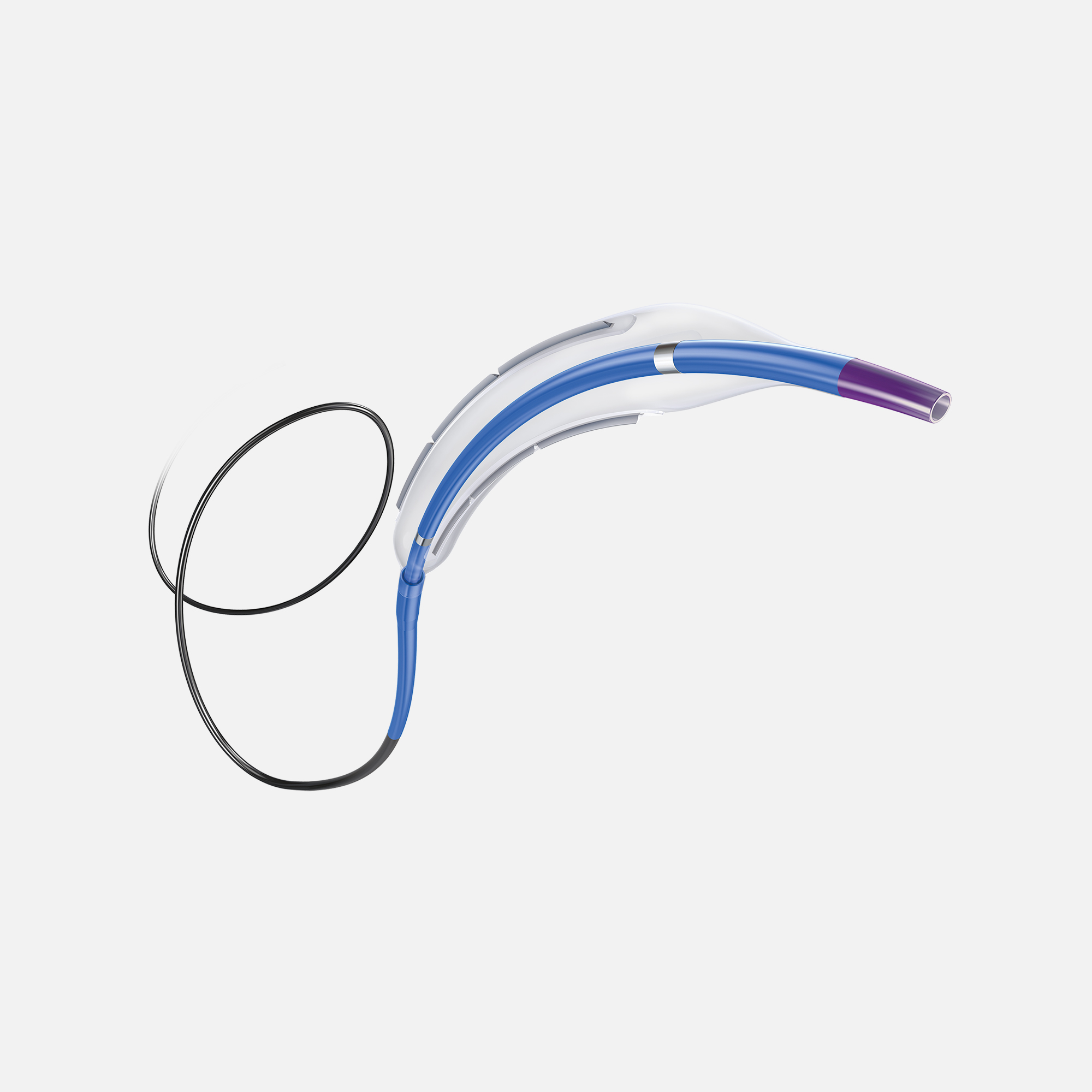Boston Scientific accounts are for healthcare professionals only.

WOLVERINE™ Coronary Cutting Balloon™
Reimbursement
Configure or select a product to continue to order
- Overview
- Clinical data
- Technical specifications
- Ordering information
- Training
- Resources
Your go-to device for complex lesion prep
With over 3 decades of proven clinical evidence, The WOLVERINE Coronary Cutting Balloon has been proven to deliver unmatched clinical versatility.

How it works
Take an in-depth look at how the WOLVERINE Coronary Cutting Balloon works. Watch how WOLVERINE's compact design and innovative mechanism of action empower seamless navigation and optimal prep in challenging anatomies.
WOLVERINE enables enhanced vessel preparation: fractures calcified lesions, prevents plaque shift, and reduces restenosis in small vessels.
Why choose WOLVERINE?
Unmatched versatility and vessel prep, maximum lumen gain with minimal risk
WOLVERINE is the only balloon with fixed, microsurgical atherotomes that anchor to tissue and precisely dilate complex lesions at low pressures, with minimal risk of dissections and perforations. It is effective at maximizing lumen gain across a variety of cases including fibrotic tissue, eccentric calcium, in-stent restenosis, and ostial and small vessel disease.
WOLVERINE Cutting Balloon delivers industry-leading performance with:

Proven clinical safety
Recognized by SCAI for calcium lesion modification, WOLVERINE is backed by 30 years of safety data. Its precise and controlled mechanism of action is associated with a reduced risk of perforation2 and greater demonstrated efficacy in severe calcium compared to scoring balloons3 and POBA, with no significant difference in complications or one-year MACE4.

Unmatched versatility
WOLVERINE’s unique mechanism of action allows it to cut fibrotic plaque to limit recoil, anchor in place to reduce plaque shift in complex lesions such as ostial and bifurcation and increases your odds of effectively modifying all thin calcium from 0 to 360 degrees. Its 3-4 atherotomes enhance the likelihood of contacting plaque with every inflation5.

Superior outcomes, even at lower pressures
WOLVERINE amplifies stress threefold at its atherotomes, precisely fracturing calcium at lower balloon inflation pressures. This targeted approach allows for effective lesion modification at similar or lower pressures than POBA or scoring balloons, maximizing stent expansion while minimizing the risk of tissue damage.
The result is optimal lumen gain and more thorough vessel preparation.
Atherotome advantage
WOLVERINE's innovative design leverages three or four atherotomes to precisely prepare complex lesions. This design enables microsurgical incisions, secure anchoring, and optimal force distribution, resulting in superior outcomes.


Discover the Modern PCI approach

See the vessel
Assess plaque type and severity using the latest imaging and physiology technology. Eliminate guesswork and make clearer treatment decisions.

Prep the vessel
Successful outcomes start with proper lesion assessment and vessel preparation. Achieve optimal lumen gain with our cutting balloon and rotational atherectomy tools.

Treat the vessel
With our innovative stent portfolio and coronary drug-coated balloon technology, you have access to market-leading therapies that will ensure you are able to improve long-term patient outcomes.
The most complete PCI portfolio in the industry
Access the broadest portfolio of dependable, sophisticated PCI devices so you have access to the right tools to see, prepare, and treat coronary artery disease.
References:
1. Riley RF, et al. J Soc Cardiovasc Angiogr. Interv. 2023;3(2):101259.
2. Kinnaird, Tim et al. Circulation. Cardiovascular interventions vol. 9,8 (2016): e003449.
3. Matsukawa R, et al. Cardiovasc Interv Ther. 2019;34(4):325-334.
4. COPS Trial: Cutting balloon to Optimize Predilatation for Stenting. Presented at TCT 2022 by Antonio Mangieri, MD on behalf of Antonia Colombo and the COPS investigators.
5. Ishihara et al.; Cardio. Intervention and Therapeutics 2021;36:198-207.
6. Xiaodong Zhu et al.;Circ Rep 2021; 3: 1 – 8 doi: 10.1253/circrep.CR-20-0070.
7. Kinnaird T,et al. Circ Cardiovasc Interv. 2016;9(8)
8. Allali A, Toelg R, Abdel-Wahab M, et al. Combined rotational atherectomy and cutting balloon angioplasty prior to drug-eluting stent implantation in severely calcified coronary lesions: The PREPARE-CALC-COMBO study. Catheter Cardiovasc Interv. 2022;100(6):979-989.


